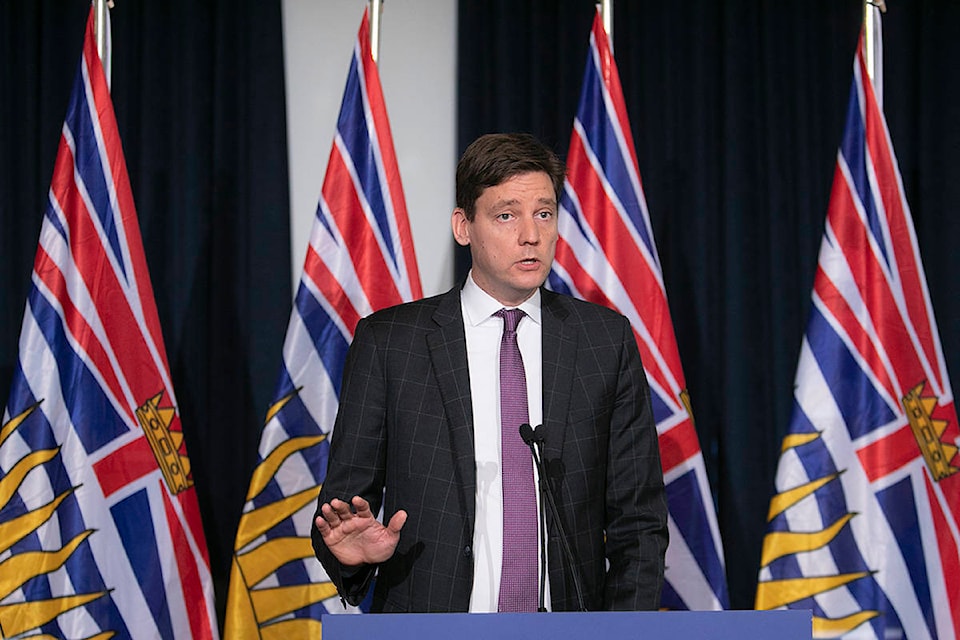The B.C. NDP government is going ahead with its plan for a two-part referendum on voting reform this fall, with three options for proportional representation to be considered by a mail-in vote that begins in November.
Premier John Horgan announced Thursday that the B.C. cabinet has approved recommendations of Attorney General David Eby, who has excluded himself from cabinet discussions on the referendum after coming up with the system that will be used.
RELATED: Four options for B.C. voting referendum
The referendum is a key part of Horgan’s minority government agreement with the B.C. Green Party, to consider multi-member voting systems that would translate to more Green MLAs based on their 17 per cent share of the popular vote in the 2017 election.
Eby’s chosen options have been a target of criticism, partly because two of the three have never been used before. The referendum will also have no regional weighting or minimum turnout, which means urban voters will have a major advantage over sparsely populated rural regions that may be most affected by the change.
B.C. Liberal leader Andrew Wilkinson denounced the referendum plan as “rigged” to favour the NDP and B.C. Greens, calling the options “alphabet soup” designed to baffle the public.
Horgan and Green leader Andrew Weaver have vowed that both parties will campaign for the yes side.
“This is a historic opportunity to replace our old voting system with a new way of voting that works for people,” Horgan said Thursday after the cabinet decision. “We look forward to public debate and lively campaigns on both sides.”
WATCH: Confused? You’re not alone. Black Press Media sits with a political science professor to explain the three kinds of proportional representation.
Opposition MLAs demanded and got an emergency debate on the referendum plan on the last day of the B.C. legislature sitting before the summer break. They pressed the NDP government on the lack of maps to show how large new electoral districts would be, the short time for voters to consider the options, and the unknown results if proportional representation is selected by a simple majority of those who vote.
“There are 24 items that have been identified in [Eby’s] report that need to be turned over to an all-party committee, a committee that will be dominated by the NDP and Green Party members,” said Vancouver-Langara MLA Michael Lee, the B.C. Liberal attorney general critic. “We don’t know what we’re voting on here.”
The ‘Vote No to ProRep’ committee suggests voters should consider answering the first question, do you want to change to a new voting system, and leave the second question, choosing between three new systems, blank.
“No maps, no indication of increased numbers of MLAs, and through a flawed system that has seen the government change the traditional rules that have governed our past votes on electoral systems,” said Bob Plecas, a former deputy minister and member of the Vote No executive.
